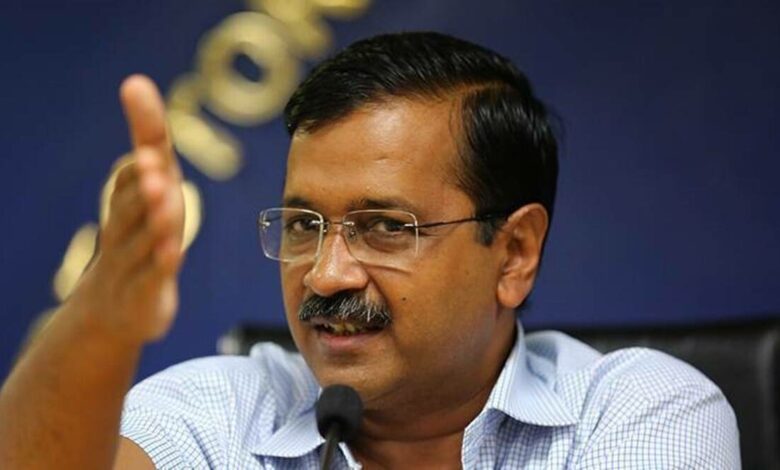Delhi govt to help trace farmers missing from protest sites: CM Kejriwal

Delhi Chief Minister Arvind Kejriwal on Wednesday said his government will help trace the farmers missing since the January 26 violence and if the need arises, he will approach the Lieutenant Governor and the Centre.
Kejriwal said that the Delhi government has also released a list of 115 persons lodged in different jails here in connection with the January 26 violence during the farmers’ tractor rally.
“We are releasing a list of 115 protesters who were arrested by police in relation to the Republic Day incident and are in different jails in the city. Our government will make every effort to trace the protesters who are missing and I will even speak to the Lt Governor and the central government if the need arises,” he said at a press conference.
A delegation from the legal team of the Samyukt Kisan Morcha met Kejriwal and presented him a list of 29 missing farmers. It also demanded a judicial inquiry into the alleged “conspiracy against the farmers’ protest” and constitution of a medical board to examine those in jail.
The chief minister, however, did not comment on the demand for judicial inquiry.
Kejriwal said that there 115 persons who are lodged in Delhi jails after being arrested in connection with the “unfortunate” violence that happened during the farmers’ tractor rally on January 26.
“It is possible that many of those missing had been arrested in connection with the chaos at Red Fort, due to which they are not able to connect to their families. We are issuing this list with the names, age, and address of 115 people so that their family members could identify them.”
Over the last few days, many people and farmer unions reached out to the chief minister with regard to the “missing” protesters.
Kejriwal assured the people that he will try his best to trace the missing protesters whose whereabouts are yet not know and unite them with their families.
“Many people have reached out to the Delhi government in the last few days owing to their family members who were protesting against the farm laws having gone missing, and they are unable to connect to them. I can understand the pain and suffering.”
The farmer unions protesting at Delhi borders for scrapping of the Centre’s farm laws have claimed that several are missing since the Republic Day violence. Delhi Police has said that it has arrested 122 protesters so far in connection with the January 26 violence.




